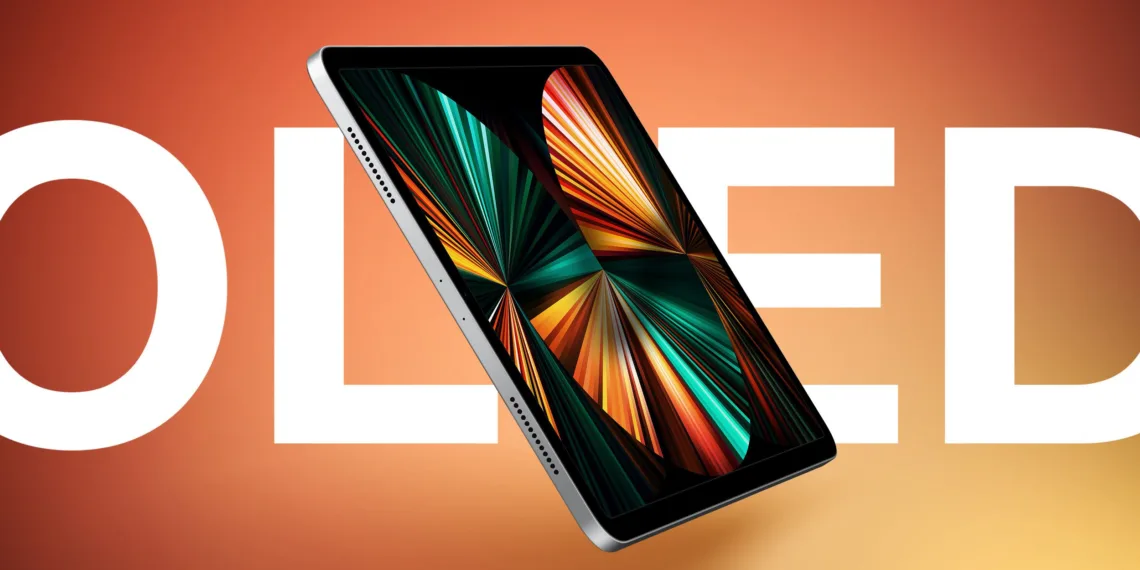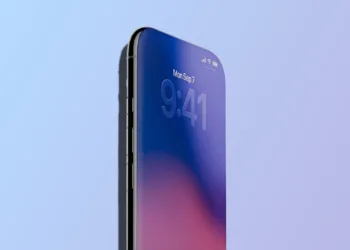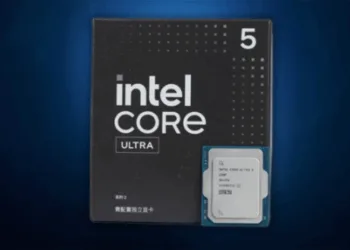Apple has decided to source OLED displays from suppliers for its 11-inch and 13-inch iPad Pro versions. Samsung will exclusively produce the 11-inch panels while LG will be responsible for the 13-inch panels. According to a report by The Elec Samsung has secured the contract to supply the batch of OLED displays for the 11-inch model marking the start of production for the next-gen iPad Pro.
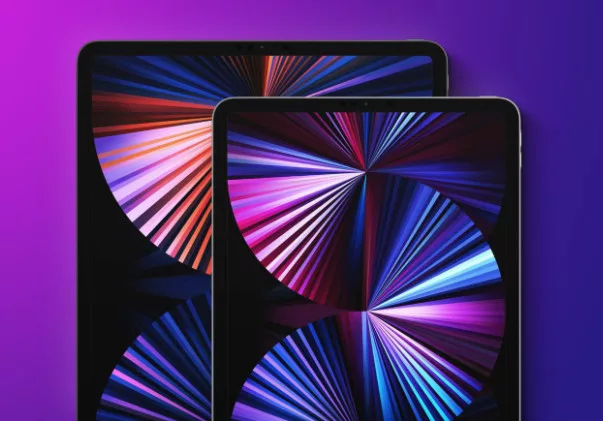
All You Need to Know about iPad Pro Displays
Initially, LG was supposed to also produce the 11-inch OLED panel but currently, both companies are focused on manufacturing only one type of OLED display each. Production at both suppliers began last month. Experts in the industry suggest that this shift in responsibilities is due to changes in Apple’s demand forecasts for OLED iPad Pro models and variations in production capacity and yield between the two suppliers.
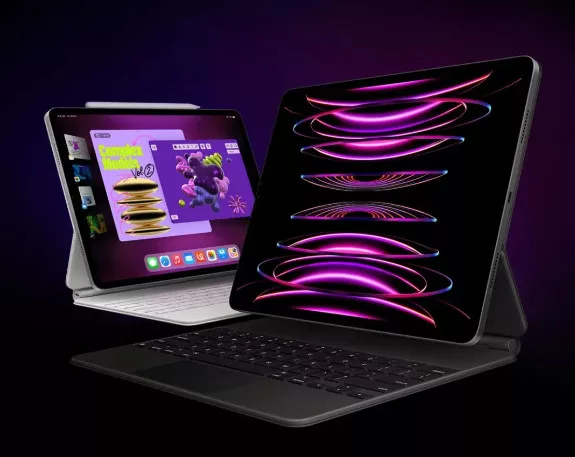
Both companies are still adapting to Apple’s requirements, for panel technologies with Apple emphasizing superior image quality and design enhancements aimed at making the iPad display thinner and lighter. The report indicates that the situation could change following the production stage, based on fluctuations, in production output and potential modifications to Apple’s anticipated demand for the OLED iPad Pro models. It is reported that Apple’s estimated shipment volume for the year has dropped to 8 million units, a decrease, from the 10 million units forecasted for 2024 in the year.
OLED displays mark a departure for the iPad lineup, as Apple has previously employed OLED technology in the iPhone and Apple Watch. However, larger OLED screens entail higher costs. Compared to LED or mini-LED, OLED offers deeper blacks and more vibrant colors. Consequently, the OLED iPad Pro models could potentially be thinner than the current LED versions, thanks to the advancements in display technology. For instance, the larger 12.9-inch iPad Pro might see a reduction of over 1mm in thickness.
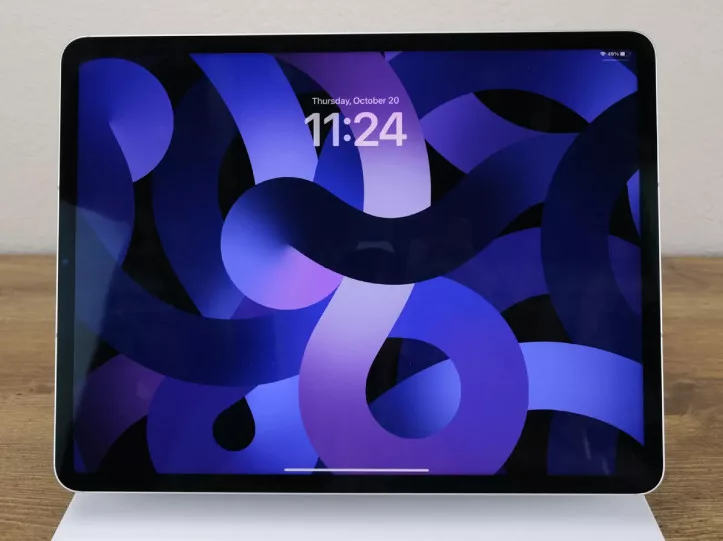
In addition to the new displays, the iPad Pro models are anticipated to feature Apple’s latest M3 chip, which made its debut in new MacBook Pro models last year. Fabricated on 3-nanometer technology, the M3 chip is expected to deliver significant graphics enhancements compared to the current M2 chip used in the iPad Pro.

